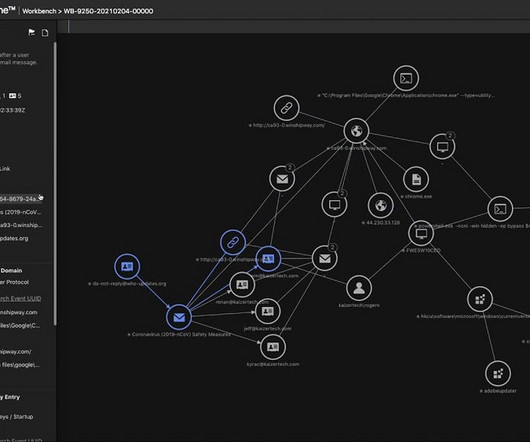How threat actors can use generative artificial intelligence?
Security Affairs
DECEMBER 1, 2024
Generative Artificial Intelligence (GAI) is rapidly revolutionizing various industries, including cybersecurity, allowing the creation of realistic and personalized content. The capabilities that make Generative Artificial Intelligence a powerful tool for progress also make it a significant threat in the cyber domain.













Let's personalize your content